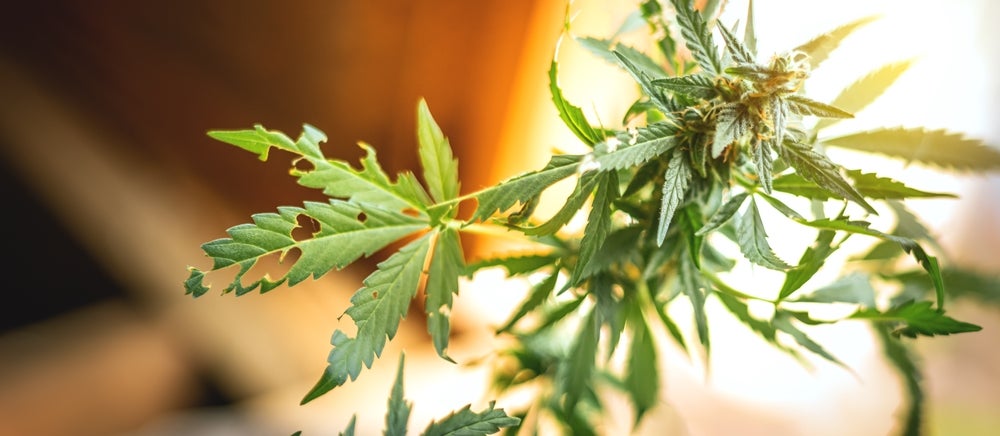Cannabis cultivation has come a long way from the days of guerrilla farming in hidden patches of wilderness. With the rise of legal and regulated cannabis production, growers are constantly seeking innovative methods to improve yields, quality, and sustainability. One such approach is the use of phytofortifiers, natural compounds derived from plants, to protect cannabis crops from common threats like insects and fungi. In this article, we’ll delve into the world of phytofortifiers and how they can be a valuable tool for safeguarding your cannabis plants.
Understanding the Threat: Insects and Fungi
Insects and fungi are two of the most common adversaries cannabis growers face. They can quickly turn a thriving crop into a disaster, wreaking havoc on both the quality and quantity of your harvest.
Insects:
Insects such as aphids, mites, and caterpillars are voracious consumers of cannabis plants. They feed on leaves, stems, and even flowers, compromising the plant’s health and reducing its ability to produce flowers.
Fungi:
Fungal infections like powdery mildew and bud rot can rapidly spread through a cannabis crop. Once established, fungi can be challenging to eliminate and are known for reducing the overall yield and quality of the harvest.
The Role of Phytofortifiers
Phytofortifiers, also known as phytochemicals or plant-derived compounds, are natural substances produced by various plants to protect themselves from pests, pathogens, and environmental stressors. These compounds have unique properties that can help safeguard your cannabis plants from insect and fungal threats.
Types of Phytofortifiers:
Neem Oil:
Neem oil, derived from the neem tree, is a popular phytofortifier in cannabis cultivation. It acts as a natural insect repellent and fungicide. Neem oil works by disrupting the life cycle of many common cannabis pests while also preventing the growth of fungi.
Pyrethrum:
Pyrethrum is extracted from the chrysanthemum flower. It is a potent insecticide that paralyzes and kills a wide range of cannabis pests, including aphids, whiteflies, and spider mites.
Essential Oils:
Essential oils from plants like lavender, rosemary, and eucalyptus can be used as natural pest repellents. They emit scents that deter insects from approaching your cannabis plants.
Beneficial Insects:
Although not technically phytofortifiers, introducing beneficial insects like ladybugs, predatory mites, and parasitoid wasps can help control pest populations naturally, making them an essential part of integrated pest management (IPM) strategies.
How Phytofortifiers Protect Cannabis
Disrupting the Pest Lifecycle:
Phytofortifiers like neem oil and pyrethrum disrupt the life cycle of insects. They prevent pests from reproducing, effectively reducing their population over time.
Fungicidal Properties:
Phytofortifiers can also work as natural fungicides, inhibiting the growth and spread of fungal infections like powdery mildew and bud rot.
Non-Toxic to Humans and Pets:
One of the significant advantages of phytofortifiers is their low toxicity to humans and pets when used as directed. This makes them a safer alternative to synthetic chemical pesticides.
Sustainable and Environmentally Friendly:
The use of plant-derived compounds aligns with sustainable and eco-friendly cultivation practices. It reduces the environmental impact of chemical pesticides while maintaining a healthy ecosystem within the grow space.
Tips for Using Phytofortifiers in Cannabis Cultivation
Timing Is Key:
Apply phytofortifiers preventatively to ensure optimal protection. Regular applications can be part of a comprehensive IPM strategy, but be cautious not to overuse them.
Follow Instructions:
Always read and follow the manufacturer’s instructions when using phytofortifiers. Improper application can lead to poor results or, in some cases, damage to your plants.
Rotate Phytofortifiers:
Pests and fungi can develop resistance to specific compounds over time. Rotate between different phytofortifiers to prevent resistance and ensure continued efficacy.
Monitor and Record:
Keep a close eye on your plants, especially when you’re using phytofortifiers. Note any signs of pest or fungal activity, and adjust your application schedule or switch to a different product if needed.
Integrated Pest Management (IPM):
Phytofortifiers work best as part of a holistic IPM strategy. Combining these natural compounds with other preventive measures, such as maintaining a clean grow environment and introducing beneficial insects, can provide robust protection for your cannabis crop.
Conclusion
Phytofortifiers, derived from natural plant sources, are valuable tools for safeguarding cannabis crops from the threats of insects and fungi. They offer a sustainable, non-toxic alternative to synthetic chemical pesticides, aligning with the principles of eco-friendly and responsible cultivation. When used in conjunction with proper cultivation practices and integrated pest management, phytofortifiers can contribute to healthier plants and bountiful, high-quality harvests. As the cannabis industry continues to grow, embracing innovative solutions like phytofortifiers can help cultivators ensure the success and sustainability of their operations.
Looking for practical tips on Cannabis Plant? Our recent blog post on “How Long Does It Take To Fully Grow A Cannabis Plant?” provides valuable insights and actionable advice.













